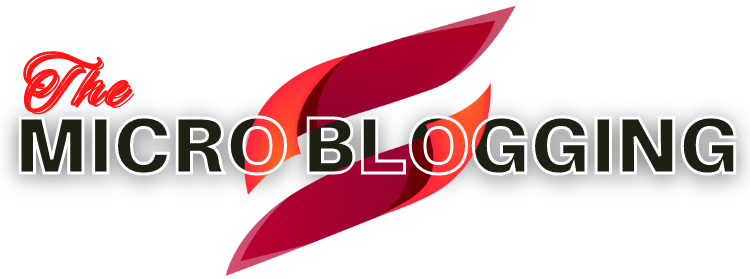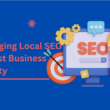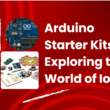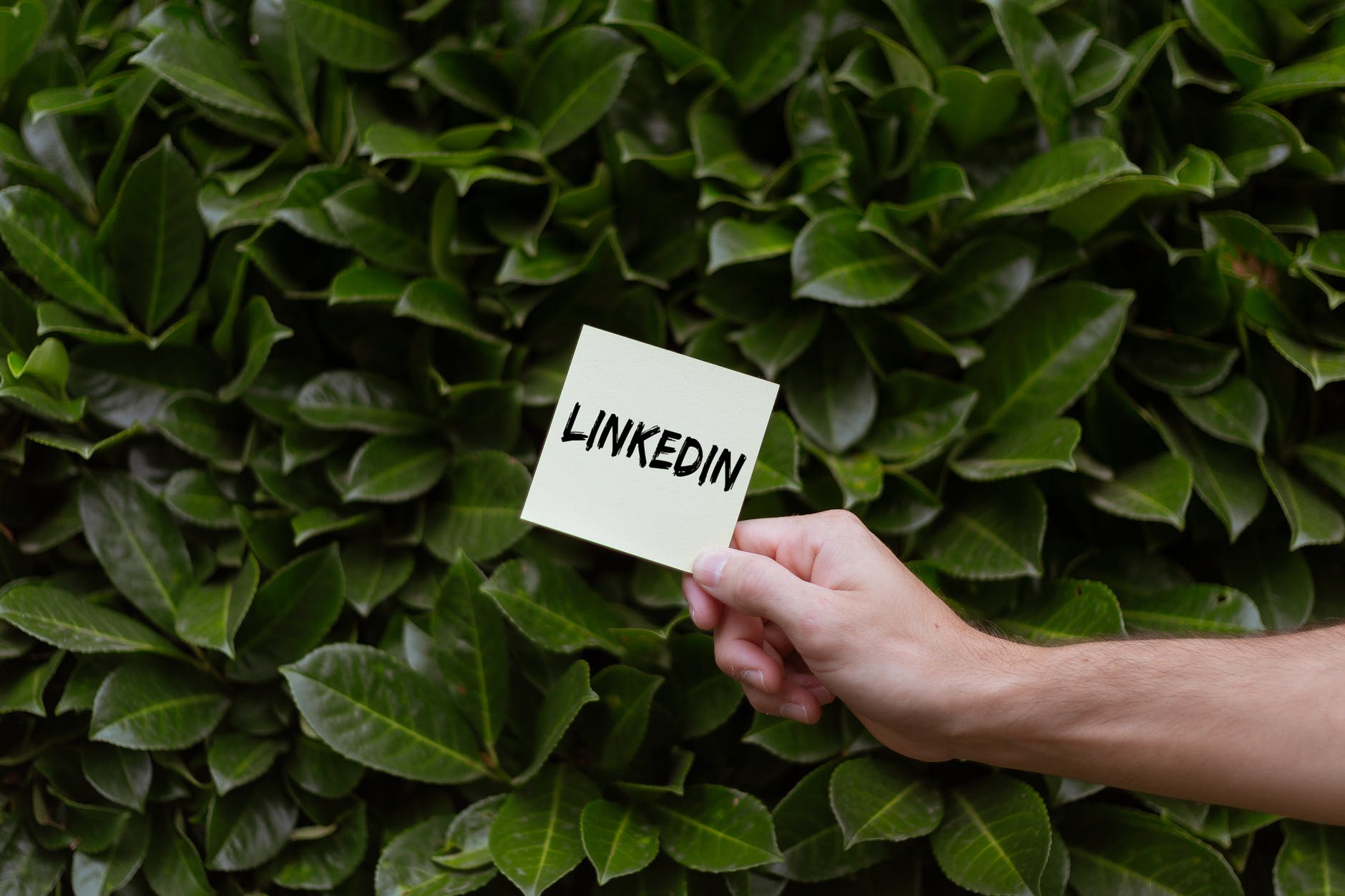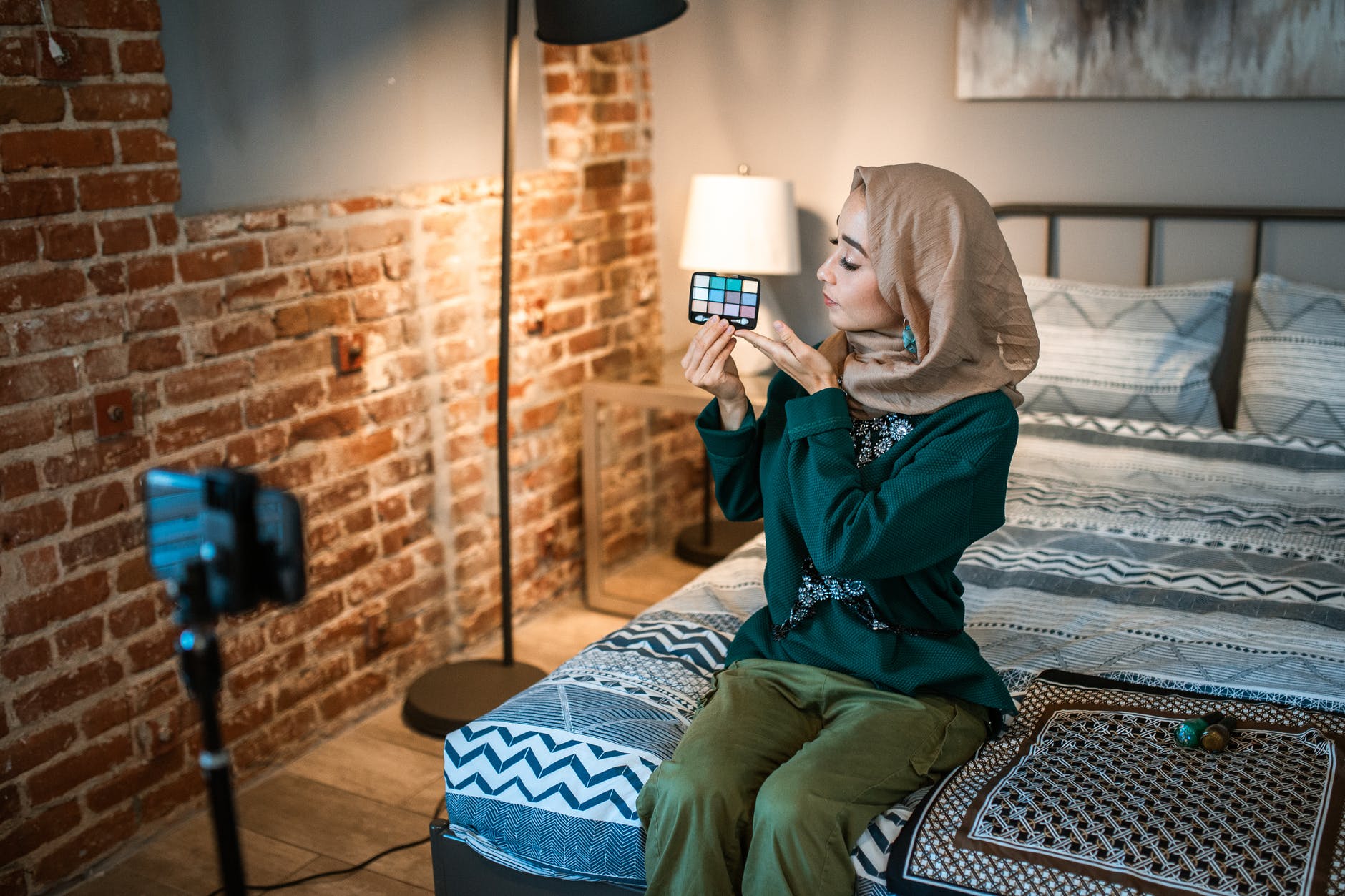Personal branding and LinkedIn. Interesting…
First of all, do you know what YOUR personal brand is?
It is what makes you a unique person, what sets you apart from the rest and becomes your hallmark . Your style. It is your way of speaking, writing, the type of information you generate or share and it is also your way of relating.
So your personal brand on LinkedIn is all of that applied to this social network and from a professional perspective .
In other words, your networking and behavior on LinkedIn is a continuum of your professional behavior.
1. DEFINE YOUR GOAL
Let’s see… Why do you want to have a LinkedIn profile?
This is the first thing you have to ask yourself. Be clear about your objectives, what you want to achieve and who you are going to address . It will make you develop a profile and one type of networking or another.
A LinkedIn profile oriented to job search is not the same as searching for clients or positioning yourself as a benchmark in your sector.
Define this and from here, act.
2. INCLUDE A GOOD PROFILE PICTURE
We start with this section because it is very visual and the first thing you see.
Obviously the content of the profile is very important, but the profile photo as well as the background photo are separated “in a way” that you should not neglect.
Your image, your photo, is a clear reflection of your personal brand . It is your image itself and you must select a photo that conveys who you are in your professional field.
We usually recommend a medium shot in which you look good, preferably in which you are relaxed and smiling.
Not suitable photos of DNI, NIE or passport, nor of border, wedding or similar. Nor photos that you would post on other more personal social networks like Facebook or Instagram.
Which photos are suitable?
We also recommend that you update your LinkedIn profile photo from time to time. That also “activates” your profile (LinkedIn gives you the option to share or not this type of update).
3. BACKGROUND IMAGE WITHOUT ELECTRIC BLUE
LinkedIn’s blue background has gone down in history!
More and more people have understood the importance of customizing the background image of the profile. In fact, more than understanding the importance, it is about seeing that it is a great opportunity to convey more of yourself visually .
“And what do I put?” You have a thousand options: from an image that represents your sector, a corporate header of your current company or a photo of yourself doing your job. For example: giving a lecture, drawing a plan, typing on a computer, etc.
4. STRIKING AND CATCHY HEADLINE
The headline is just that, a title.
It is limited in terms of characters so you have to “go to the point” and make the most of it because it does not allow you much play.
It is a super summary of you as a professional. A good option is to list your position and your specialties or your areas/sectors in which you are an expert .
For example: Web application programmer, HR Hiring manager in the IT sector, Leading the digital transformation in [company name], etc.
5. EXCERPT THAT TELLS YOUR STORY
Here yes, here explain! And do it with love.
He expects that there are few people who read the excerpts.
This is so.
But there are also many people who do read them and the excerpts really do make a difference.
You have another opportunity to leave your mark -remember that we are talking about your personal brand- and tell your story .
You can opt for a more linear extract in which you summarize your professional experience and simulate a brief cover letter, or opt for an original and more “groundbreaking” extract that speaks about you in a more personal way, in which you talk about your motivations. , your dreams or even your achievements.
6. ADD CONTACT INFORMATION, RIGHT?
Totally yes.
There are people who are wary of putting their contact information and obviously this is very personal. However, remember that LinkedIn is a professional network and it is convenient that the people who are part of the network can contact you using channels beyond the platform itself.
Contact and hear from you. In the contact information you can add the link to your profile (editable!), website (personal website, blog or even the website of the company you work for), telephone, email, address, twitter and birthday.
Some of these fields have the objective that they can “get closer” to you, by calling you or sending an email, but other fields have the objective that you be the one who transmits the information… Another opportunity to “show you “!
The website and twitter sections are referrals to your own content that you cannot miss out on. Unless, for example, twitter, “go” to very personal content. In that case, we would recommend that you ignore it, although this is again a very personal decision.
7. “STELLAR” EXPERIENCE AND TRAINING
The rest of the sections of your LinkedIn profile should be as complete as possible -LinkedIn classifies profiles based on this and the stellar profile is the highest category-, especially your experience and your training .
We have emphasized others because experience and training are clearer, more… traditional sections. But remember to label your position well and list the most important functions. It would be great if you added projects or achievements , as the case may be.
8. SHOW YOUR SKILLS AND YOUR WORK
In the aptitude sections and in a section called “Achievements”.
The skills are again keywords that can also be validated or not by your network of contacts. All those keywords or skills that you consider important to you and your profile should appear there.
As for the “Achievements”, this section does not refer so much to professional successes that you have achieved in each experience, but to courses, publications, projects, patents or awards … Strengthen your brand !
9. GET RECOMMENDATIONS AND RECOMMEND YOU TOO
This is one of our favorite sections of LinkedIn. That other people talk about you and recommend you is the best cover letter.
People don’t recommend anyone and, in the same way, it’s not good for anyone to recommend you. Take advantage of this section and ask key people to share your shared experiences.
Ask for it without compromising anyone and at the right time … without pressure and without pretensions.
10. INCLUDE KEYWORDS
This is a transversal advice, that is, the use of keywords is common to your entire LinkedIn profile.
Using keywords positions you as an expert in your profession and sector and also allows you to be found by both recruiters, clients, and collaborators. Use them! Whenever you can and in all the sections you can!
11. INTERACT, LINKEDIN IS A NETWORK FOR THIS!
Until now we have talked about the LinkedIn profile itself and really until you have it “ready” you better not go to the next level.
Of course, once you have it, get down to work and interact with the network!
12. WORK YOUR NETWORK OF CONTACTS: INVITE AND ACCEPT INVITATIONS!
Personalize your invitations, this is one of the most common mistakes on Linkedin that everyone makes.
And respond to the invitations they send you. You are not a chatbot , so put some time and energy into this.
This is personal branding.
13. SHARE CONTENT THAT IDENTIFIES YOU AS A PROFESSIONAL IN THE SECTOR.
In other words, share your blog posts, blogging is one more opportunity for you to position yourself as an expert in your field.
And remember that you are in a professional network, so share only what adds value and is as closely related as possible to your role and sector.
14. JOIN GROUPS AND ONLINE EVENTS
Find groups on topics according to your profile. You will be able to learn, contribute and meet like-minded people! And the same goes for online events, much more common in times of pandemic.
CONCLUSION
LinkedIn is a very powerful professional network, which fulfills your objectives directly or indirectly.
Favoring the consolidation or growth of your personal brand through LinkedIn is possible .
The most natural thing is that you “treat LinkedIn” as you would treat your personal face-to-face relationships. So, it’s about extrapolating and leaving a mark in the same way, but in a digital format.
The most professional thing is that you have a defined strategy and that you do not act “crazy” but rather follow a plan, a sense. Hence the 14 considerations that we have shared in this article.
Be natural and professional! And leave your personal mark on LinkedIn too.
